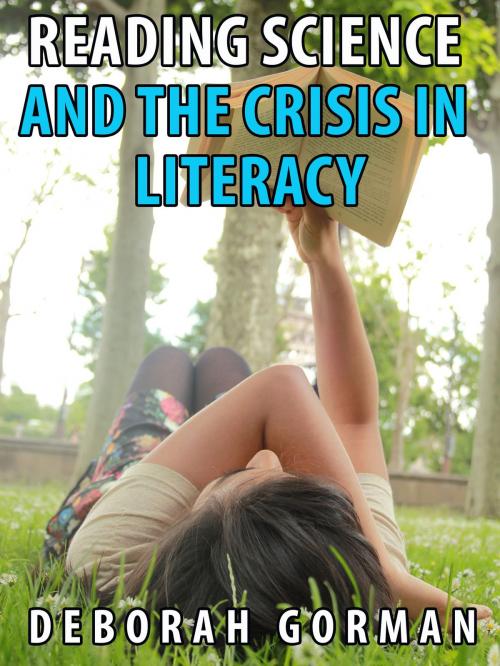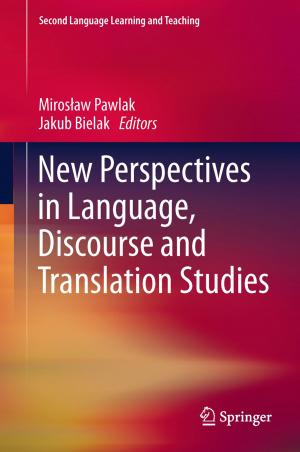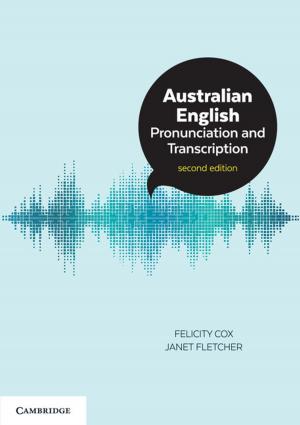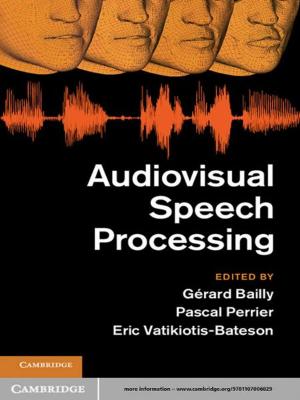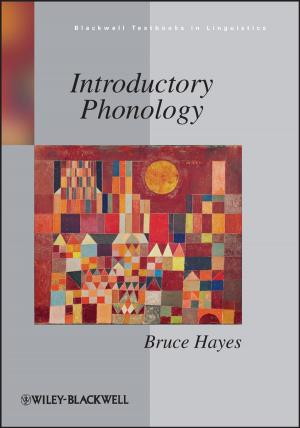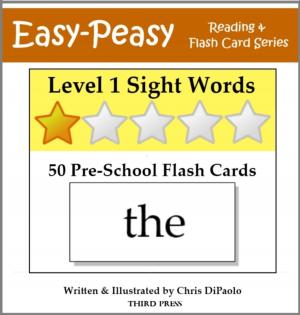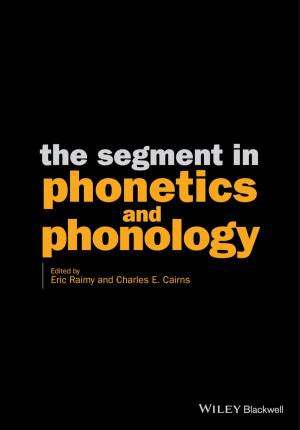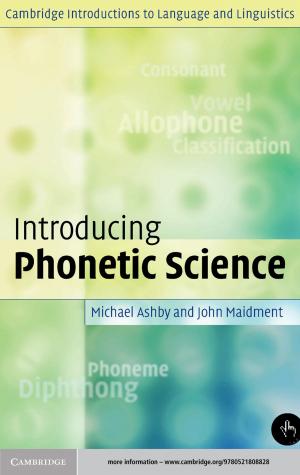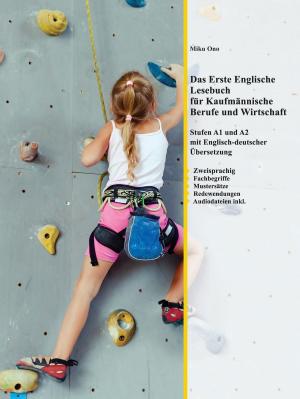Reading Science and the Crisis in Literacy
Nonfiction, Reference & Language, Language Arts, Reading, Phonetics & Phonics| Author: | Deborah Gorman | ISBN: | 9781370450206 |
| Publisher: | Deborah Gorman | Publication: | October 4, 2018 |
| Imprint: | Smashwords Edition | Language: | English |
| Author: | Deborah Gorman |
| ISBN: | 9781370450206 |
| Publisher: | Deborah Gorman |
| Publication: | October 4, 2018 |
| Imprint: | Smashwords Edition |
| Language: | English |
Nearly 40% of American students are not proficient in reading by the fourth grade. These poor readers will continue to underachieve and are at risk for dropping out entirely prior to high school graduation, because reading is the foundation for learning any subject including math and science. With over 14% of adults unable to read at a basic level and nearly 30% read at just a basic level, the United States continues to lag behind other developed nations in literacy.
Since the 1950s when Rudolph Flesch called for a return to the teaching of reading by phonics, the subject has been controversial and debated by educators, publishers and parents.
Programs such as No Child Left Behind, which relied heavily on mandated national testing have largely failed to reverse the trend because they do not get at the root of the problem.
The reason so many students fail in reading is because the predominant method of teaching reading simply does not work for too many children, especially boys, English as a Second Language students, and those with learning disabilities. Parents are concerned about their children and frustrated by the lack of progress. They are seeking out solutions. We are undergoing a paradigm shift. More and more parents and teachers are realizing the time has come to scrap the whole word approach and replace it with phonics-first.
Originally written as a series of blog posts and essays, the book takes an in-depth look at how reading and spelling have been taught in American from the time of Noah Webster to the latest scientific research on how the human brain processes language.
We will never bridge the reading gap unless we change to the most effective method of teaching reading, which is phonics-first.
That phonics is the most effective method of teaching reading has been proven over time. Research on reading and the brain helps us to understand why phonics is the only method that can be effective for every student.
Nearly 40% of American students are not proficient in reading by the fourth grade. These poor readers will continue to underachieve and are at risk for dropping out entirely prior to high school graduation, because reading is the foundation for learning any subject including math and science. With over 14% of adults unable to read at a basic level and nearly 30% read at just a basic level, the United States continues to lag behind other developed nations in literacy.
Since the 1950s when Rudolph Flesch called for a return to the teaching of reading by phonics, the subject has been controversial and debated by educators, publishers and parents.
Programs such as No Child Left Behind, which relied heavily on mandated national testing have largely failed to reverse the trend because they do not get at the root of the problem.
The reason so many students fail in reading is because the predominant method of teaching reading simply does not work for too many children, especially boys, English as a Second Language students, and those with learning disabilities. Parents are concerned about their children and frustrated by the lack of progress. They are seeking out solutions. We are undergoing a paradigm shift. More and more parents and teachers are realizing the time has come to scrap the whole word approach and replace it with phonics-first.
Originally written as a series of blog posts and essays, the book takes an in-depth look at how reading and spelling have been taught in American from the time of Noah Webster to the latest scientific research on how the human brain processes language.
We will never bridge the reading gap unless we change to the most effective method of teaching reading, which is phonics-first.
That phonics is the most effective method of teaching reading has been proven over time. Research on reading and the brain helps us to understand why phonics is the only method that can be effective for every student.
